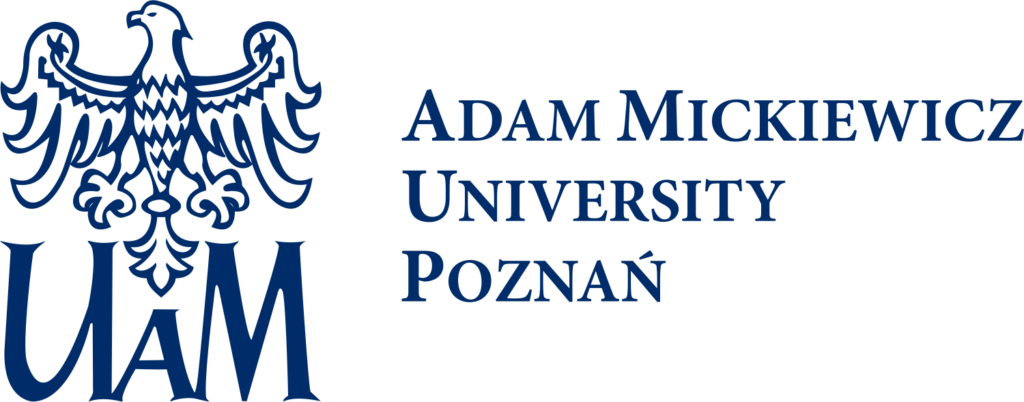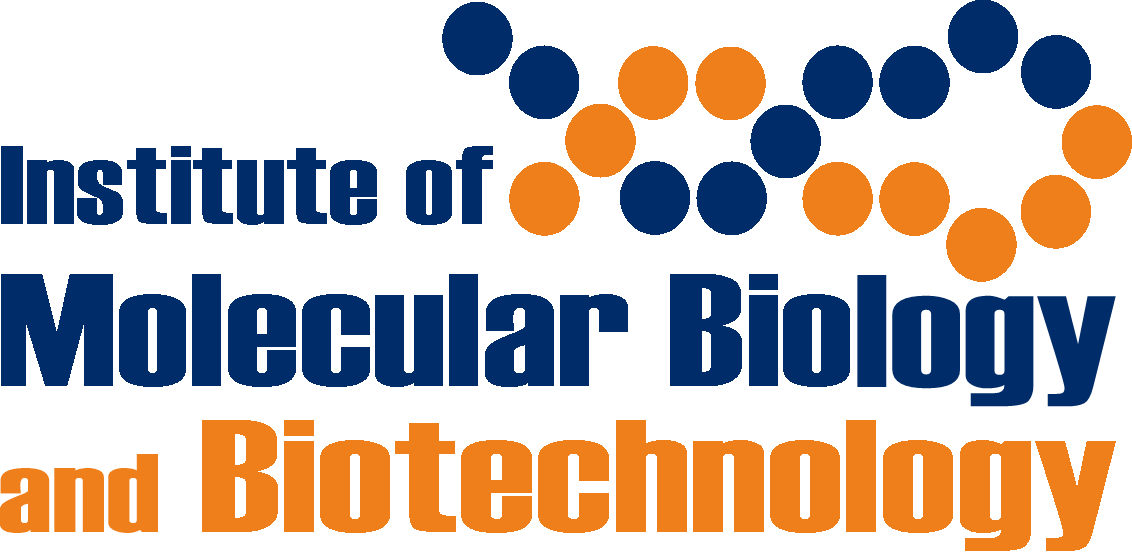We kindly invite you to the lecture ”UTAP2: User-friendly Transcriptome and Epigenome Analysis Pipeline” which will be given by Dena Leshkowitz Ph.D. (Head of Bioinformatics Unit, Life Sciences Core Facilities, Weizmann Institute of Science, Israel). The lecture is organized as part of the KNOW RNA Research Centre, Poznan and will be held on 17th May at 09:15 only via MS TEAMS.
Bio:
Dr. Dena Leshkowitz is a senior staff scientist at the Weizmann Institute of Science, with over 25 years of experience in the field of bioinformatics. Dr. Leshkowitz joined the Bioinformatics Unit in 2008, her initial role was to support the analysis of data from the institute’s first high-throughput sequencing machine. Her collaboration with numerous scientists over the years has led to 64 articles co-authored publications.
Since September 2015, Dr. Leshkowitz has had the privilege of leading the Bioinformatics Unit at the Life Sciences Core Facilities, where she guides a team of 12 programmers and analysts.
Recognizing the dynamic nature of the field, Dr. Leshkowitz acknowledges the need for constant learning, experimentation, and critical thinking. Her contributions include the establishment of efficient pipelines for miRNA, RNA-Seq, ChIP-Seq, and RiboSeq analysis, always with the aim of delivering timely and concise solutions to complex biological questions.
In recent years, she has expanded her expertise to include single-cell gene expression analysis, including cluster creation, annotation, trajectory projection, network analysis, meta-cell building, and gene module creation. Dr. Leshkowitz’s exploration has also extended to single cell multiome analysis, integrating gene expression with protein expression, open chromatin data, and immune-repertoire profiling.
Abstract:
UTAP2 empowers researchers to unlock the mysteries of gene expression and epigenetic modifications with ease. This user-friendly, open-source pipeline, built by unit programmers and deep sequencing analysts, streamlines transcriptome and epigenome data analysis, handling everything from sequences to gene or peak counts and differentially expressed genes or genomic regions annotation. Results are delivered in organized folders and rich reports packed with plots, tables, and links for effortless interpretation. Since its debut at the Weizmann Institute in 2019, it has been embraced by over 259 users, accumulating over 4,600 runs and 58 Weizmann research articles cited our UTAP article “UTAP: User-friendly Transcriptome Analysis Pipeline”, BMC Bioinformatics 2019, 20(1):154(PMID: 30909881), thus highlighting its scientific contribution.
UTAP2 is available to the broader biomedical research community as an open-source installation. With a single image, it can be effortlessly installed on both local servers and cloud platforms, allowing users to leverage parallel cluster resources (detailed information and installation instructions are provided on our GitHub site: https://utap2.readthedocs.io/en/latest/).

